Eating in the Year of the Dog, YUM!
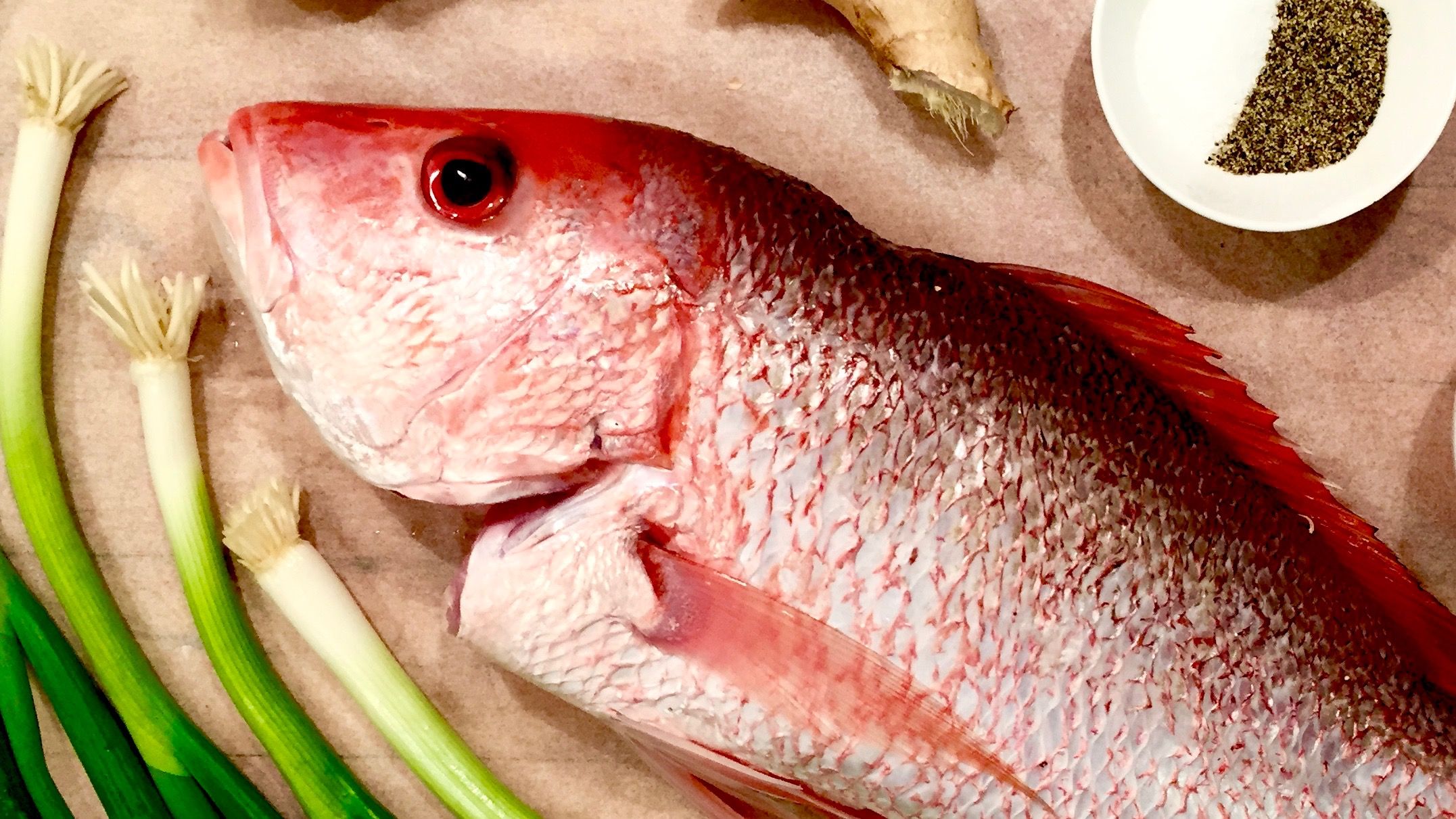
Gong Hay Fot Choy! Happy Lunar New Year, Steemians!
It’s positively celebratory here in NYC, today. Unfortunately, I’m unable to partake in the food. almost every Asian restaurant is closed for celebrations, so I’ll just have to make something on my own!
Now I know that this Cantonese tradition would have had me make this dish yesterday and then eat it today, but hey...I’m not Cantonese, I’m Native American. I’m sure the kitchen gods will excuse my delay. After all...I respect pure deliciousness.
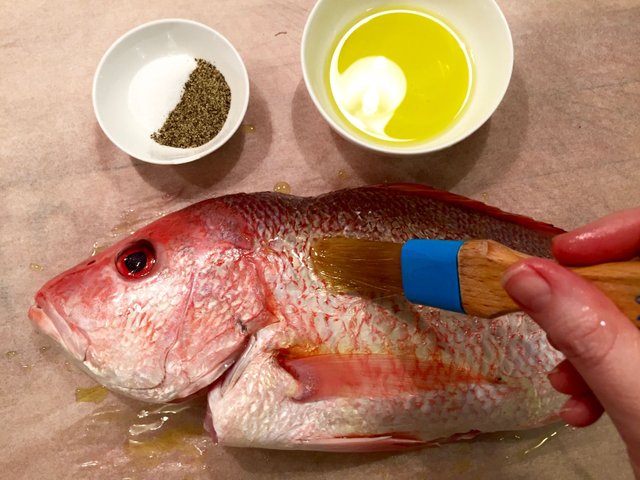
Lucky Fish, Lucky You
So why is eating a whole fish is lucky on the Lunar New Year? (Here’s a nice little site about lucky New Year foods.) A Chinese friend of mine told me that the word fish and the word surplus sound the same in Chinese. This surplus is like having your “cup runneth over.” Eating a whole fish brings in luck that not only helps you be prosperous throughout the year but also leaves a little in your savings account at year's end. While eating the fish at the table, you say something to one another like, “may you always have more than you need.”

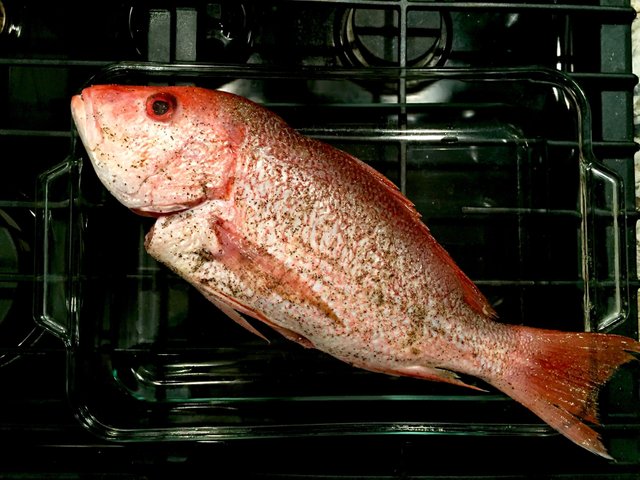
Eat Your Lucky Charms
There are many prosperity “lucky charms” eaten around the world for each cultures's New Year’s celebrations. In southern states in the U.S., we eat black-eyed peas on January 1st to bring in wealth in the new year. Every year, I go out and compete for peas with all the other southern expats living in New York City. And let me tell you...it’s a true competition. Everyone wants their peas. We aren't letting that luck pass us by! This year, after hearing “we’re sold out” told to me in one store after the other, I finally found ONE lonely can of black-eyed peas on a dusty shelf in an Amish market. Thank god for the Amish!
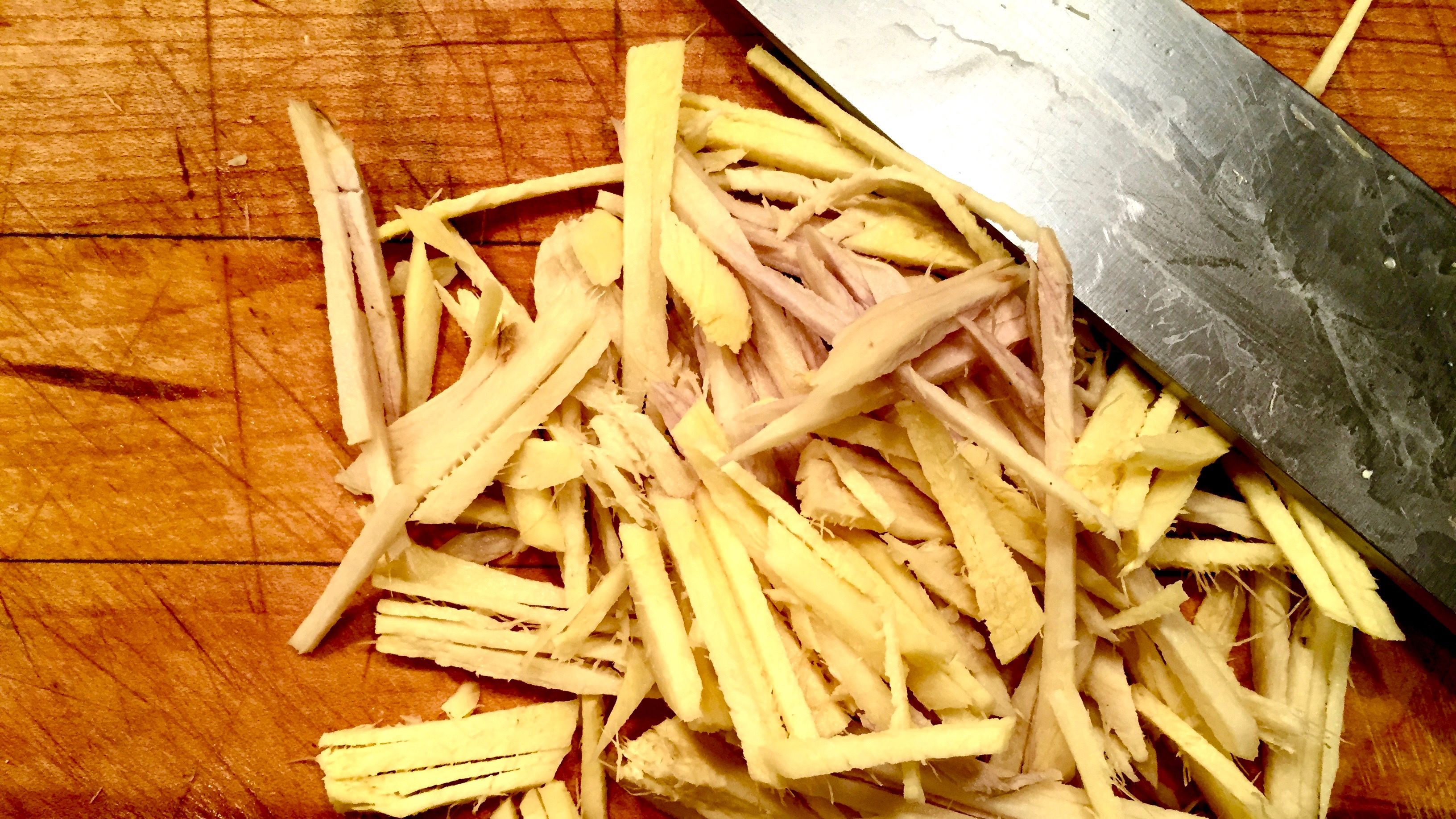
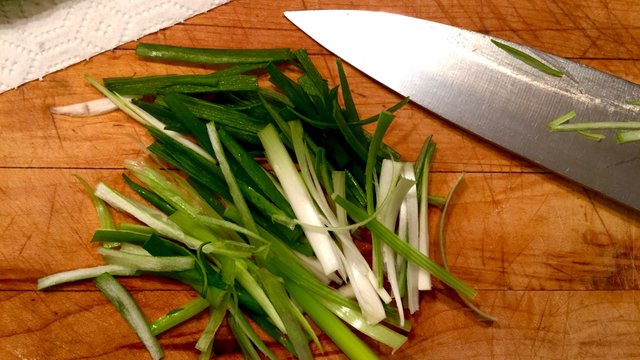
Pushing My Luck with Peas and Grapes
My Italian husband must eat 12 whole grapes, one for each upcoming month, at the stroke of midnight on December 31st to bring in prosperity. This past New Year’s Eve, as he tended bar at a restaurant in the city, I picked up some grapes at the store before joining him for the countdown. After a loud and joyous “Happy New Year!” and kisses at midnight, we ate our 12 grapes each. He went back to work, but I sat there on the bar stool and ate at least 12 more. I mean...why not? Maybe I could push that luck a little further.
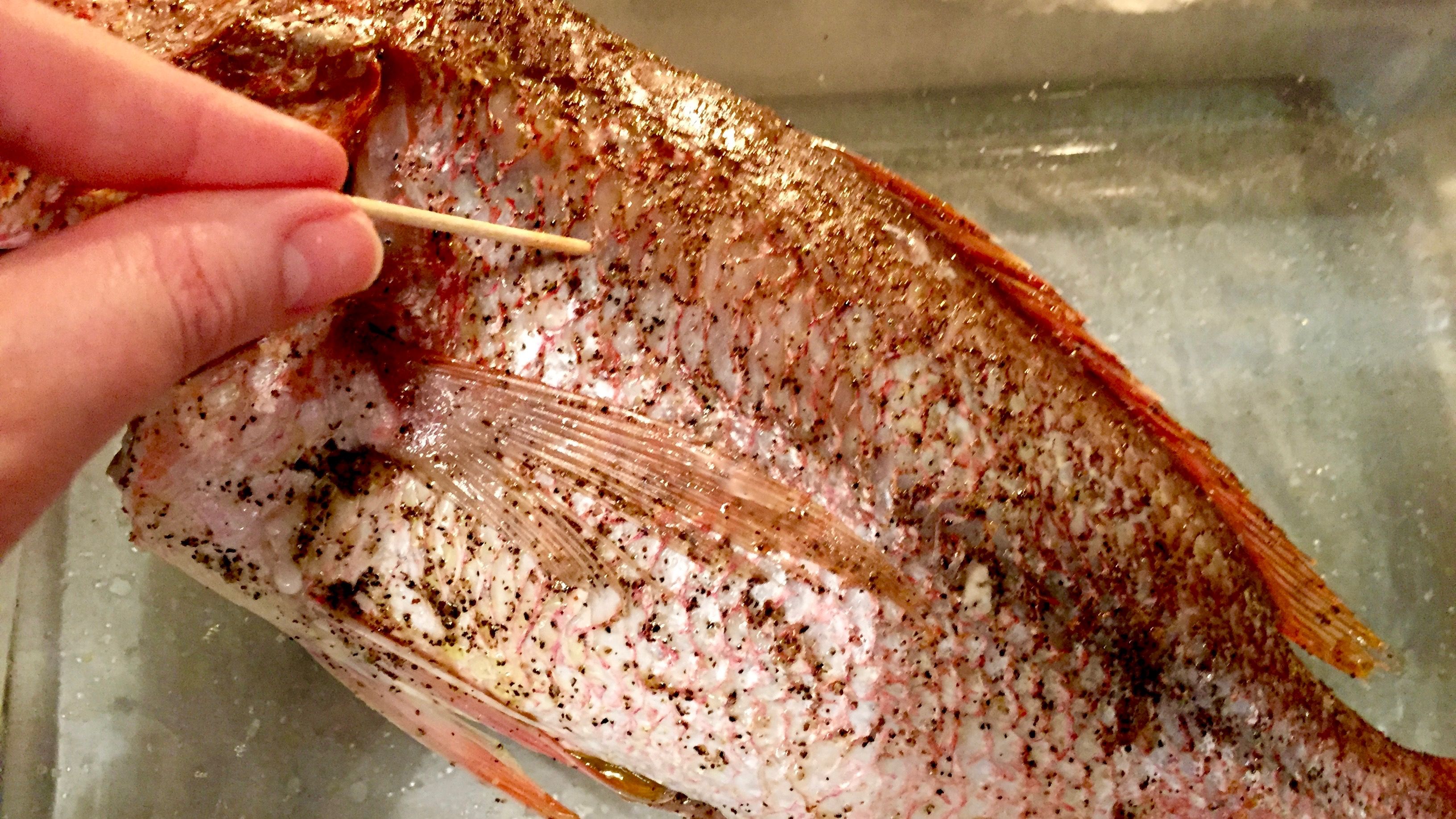
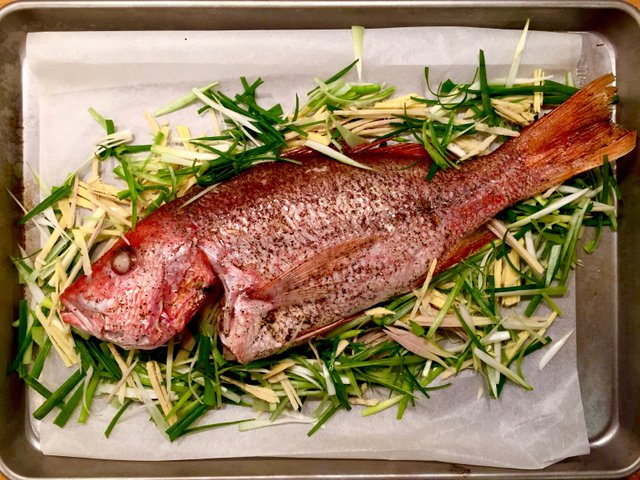
Kindness, Friendship, and Gratitude
If you read my last post “Gong Hay Fot Choy! Happy Lunar New Year from TheGalavantGirl!”, you would have learned about an amazing book Where the Mountain Meets the Moon by Grace Lin. In it, we learn how a young girl, Minli, changed her fate and her fortune. Kindness, friendship, gratitude, and love were the ingredients for change (and of course, an adventure with a red dragon.)
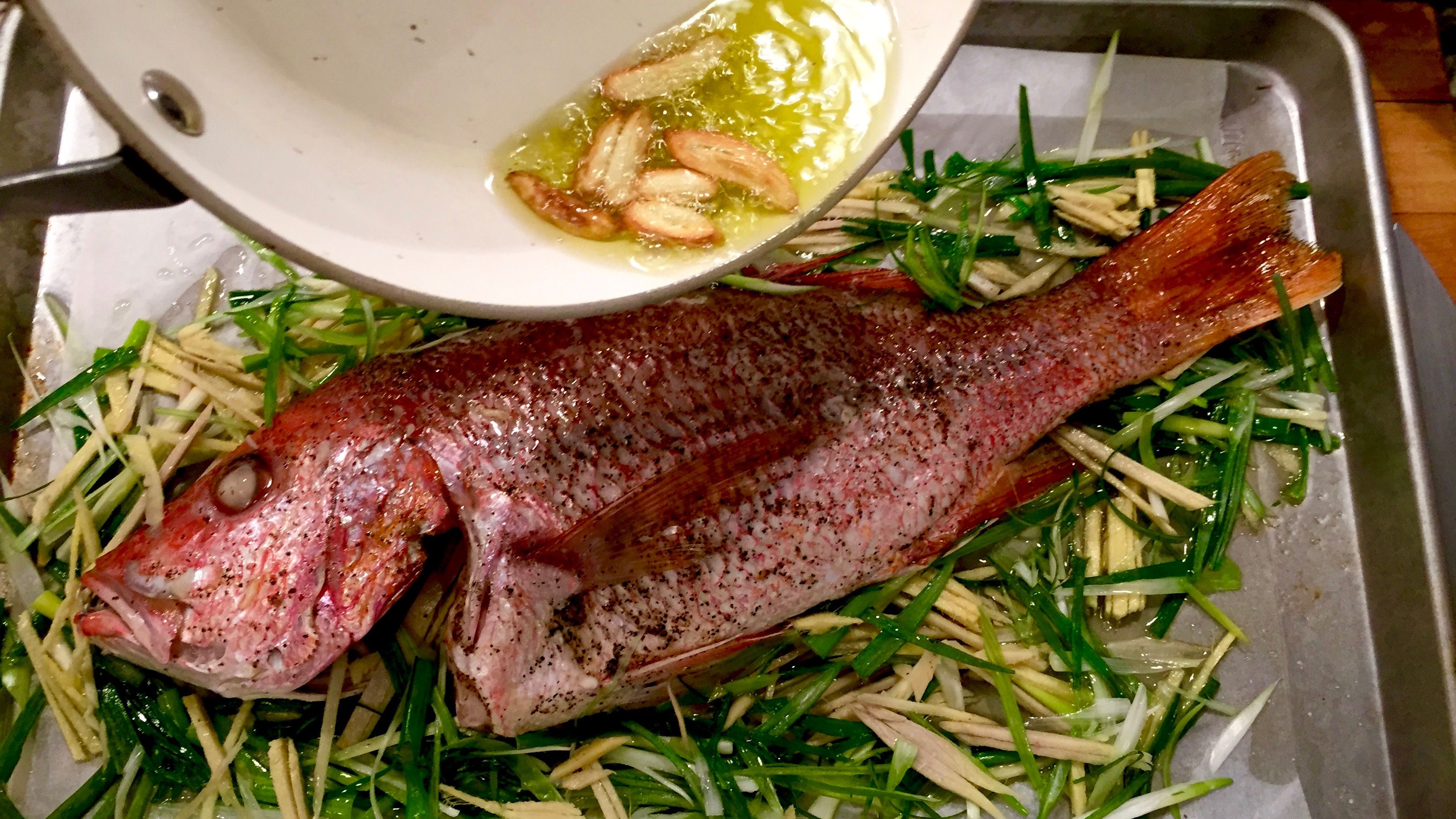
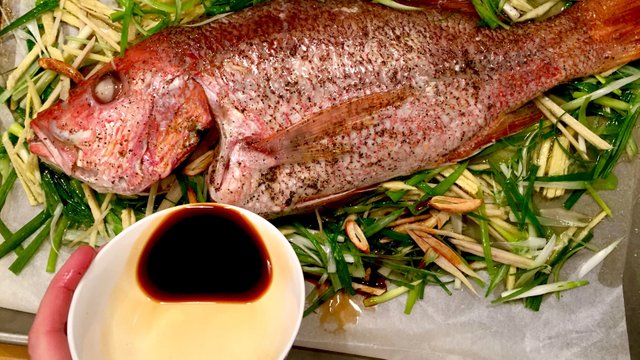
On Lunar New Year, It’s customary to point the head of the whole fish towards the honored guest at the table. So, I’m pointing this one to you, dear Steemians. Keep steeming.
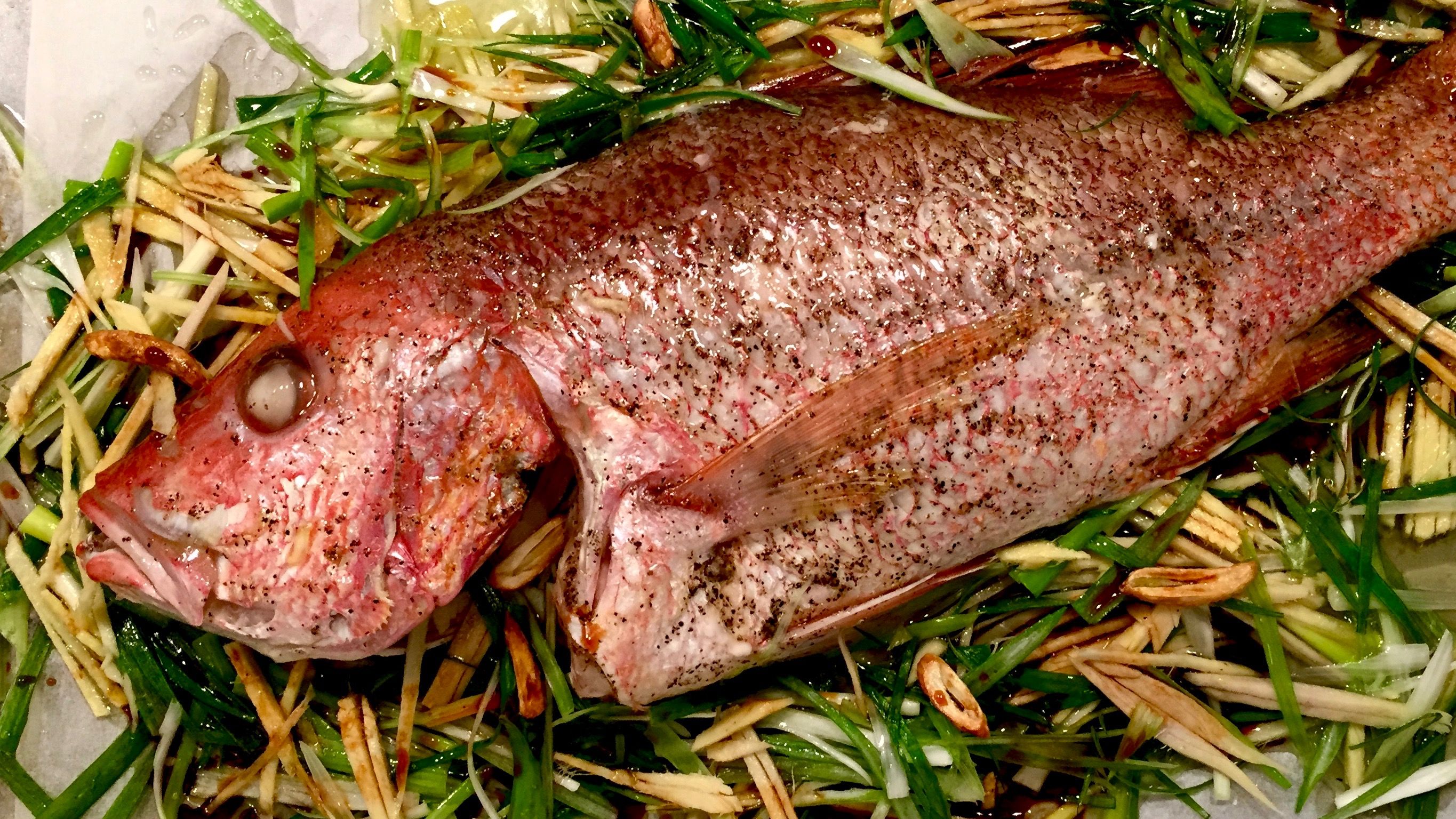
Cantonese Lucky Fish Recipe
Recipe given to TheGalavantGirl by Jen Chiu
Photos by Elise McMullen-Ciotti
Ingredients
1 cup plus 2 tablespoons of sesame oil
1 hand-sized root of ginger
6 to 10 green onions
1/4 cup soy sauce
2 teaspoons salt
2 teaspoons pepper
Tools
Roasting pan, large enough for your fish to fit into, and 2-3 inches deep
Sheet pan, large enough to accommodate your roasting pan
Parchment paper
2 ramekins
Aluminum foil
Water pitcher or glass
Small saucepan
Vegetable peeler
Chopping knife and board
Measuring cups and spoons
Method
- Preheat your oven to 400 degrees Fahrenheit.
- Get the freshest, slightly firm and plump, whole fish from your market. I used red snapper. (My Chinese friends tell me red is lucky.) Depending on where you are in the world and what kinds of fish you have access to, we'll all be making different types of fish. The key is to ask your fishmonger to gut and scale your fish before you take it home. This one step saves loads of time.
- After rinsing and drying, oil up your fish, inside and out. Sprinkle with a salt and pepper, rubbing it into the skin. Sprinkle the inside as well, getting it all evenly distributed.
- Place two small ramekins upside down in your baking dish to hold up your fish. (You can use other things, just make sure they are oven proof and will allow enough steam to flow around your fish.) Pour water into the pan, filling it too about 1/3 full.
- Place your fish on top of the ramekins. Cover the fish with aluminum foil. Place the whole, foil-covered pan onto a sheet pan covered in parchment paper. This allows for more stability and if you do accidentally slosh the water, it will be caught by the sheet pan.
- Place it into your hot 400 degree oven and roast for about 30 minutes. (The smaller the fish, the less time you want to use, and the bigger the fish, the more time you will use. A good rule of thumb: 8-10 pounds would be roasted for an hour. Small fish like sardines would be about 10 minutes.)
- While your fish is in the oven, julienne fresh ginger and green onions. Peel and slice your fresh garlic. Set aside. After the fish has been in the oven for about 20 minutes, pour your cup of oil in a small skillet and place it on the stove on low heat.
- The fish is fully cooked when its internal temperature reaches about 130 degrees F, however, if you do not have a thermometer, use a toothpick to test for doneness. If a fish is uncooked, a toothpick will catch on the flesh and be hard to insert and remove. But with a fully-cooked fish, the toothpick will go in and come out easily.
- Remove from the oven and let rest for 2-3 minutes. Then place on your serving dish lined with a little parchment paper. Place the julienned ginger and green onions all around your fish.
- Turn the heat up on your oil in the pan and throw in your sliced garlic. When the garlic has turned golden, pour the oil along with the garlic all over the ginger and green onions.
- Now, add soy sauce to your ginger and green onions and pour a little over the fish. Voila! You are done. Place the head of the fish toward your honored guest at the table. Serve with white rice and any other thing your heart desires. Enjoy!
